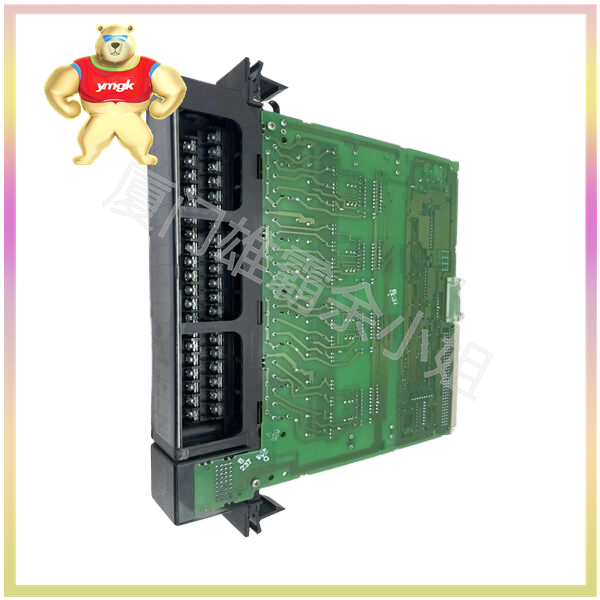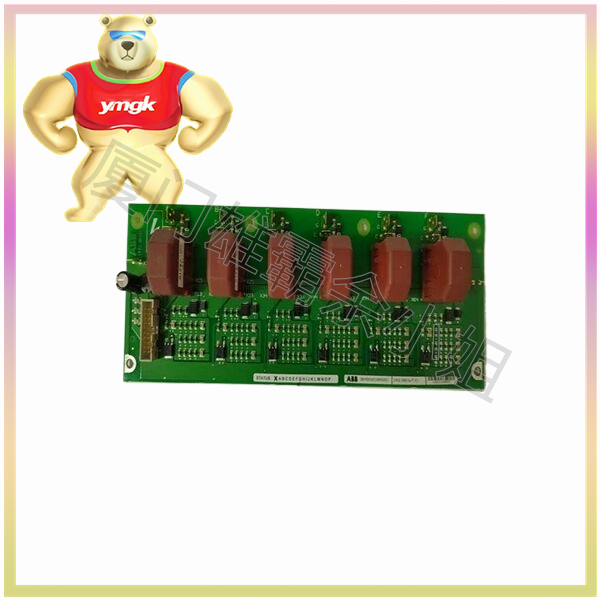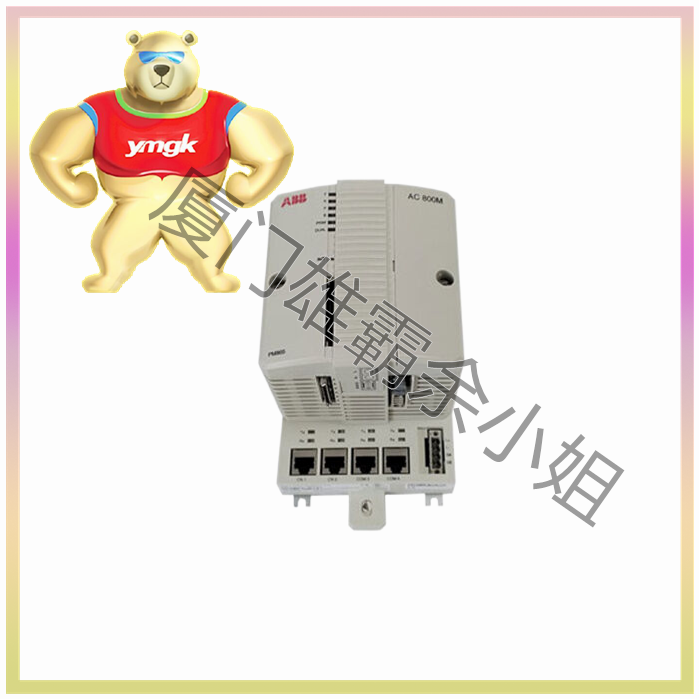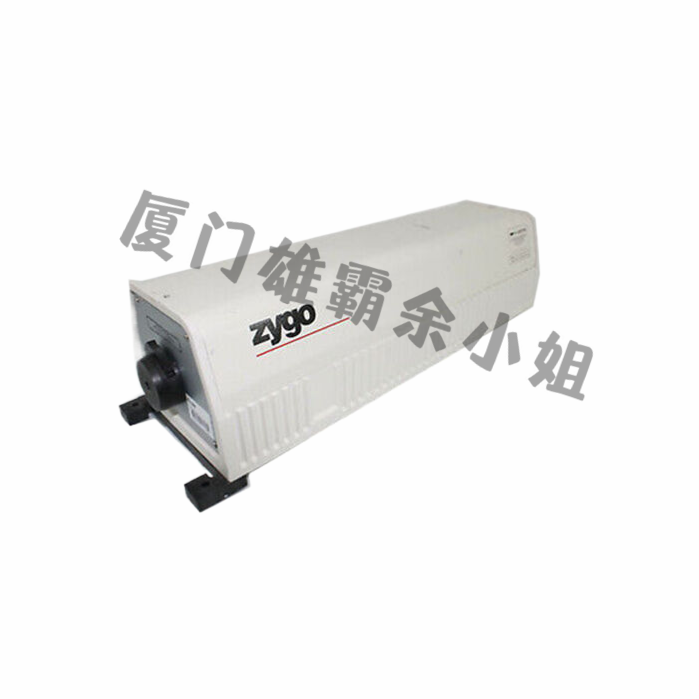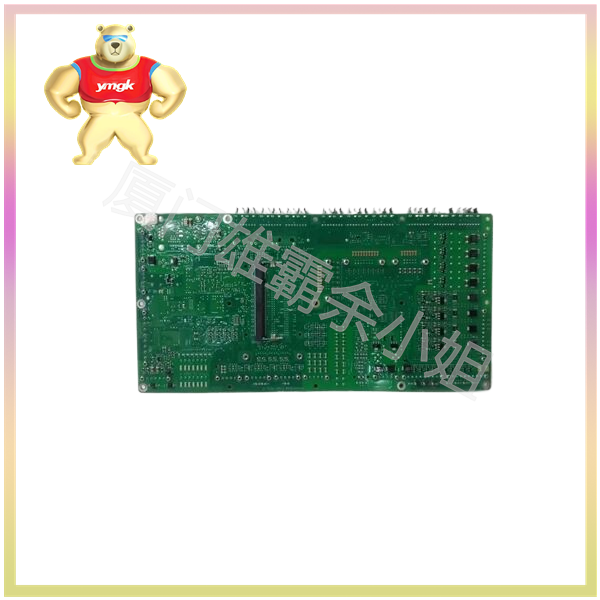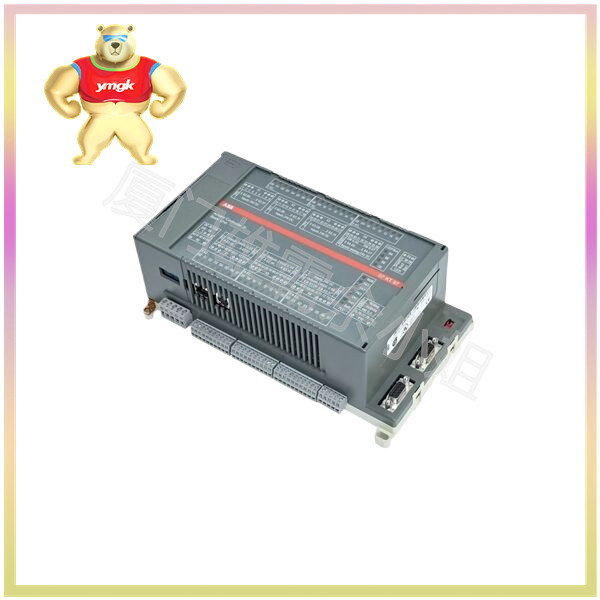A stepper motor is a type of motor that converts electrical pulse signals into angular or linear displacement, with advantages such as high positioning accuracy, fast response speed, and simple control. However, stepper motors themselves cannot directly receive control signals to operate, but rely on drivers to drive their operation. Therefore, when choosing a stepper motor driver, it is necessary to first understand the characteristics of the stepper motor and its driving requirements.
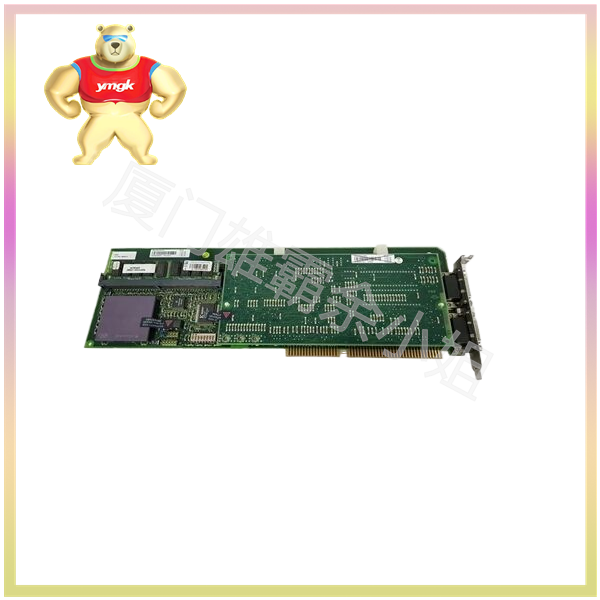
The number of phases and step angle of a stepper motor
The number of phases of a stepper motor determines the number of pulses required for one revolution, while the step angle reflects the angle of rotation of the stepper motor for each pulse signal received. Common stepper motors include two-phase, three-phase, four phase, and five phase, and the step angle also varies depending on the motor model. When selecting a driver, it is necessary to ensure that the number of phases of the driver matches the number of phases of the stepper motor to ensure the normal operation of the motor.
Current and voltage of stepper motor
The rated current and rated voltage of a stepper motor are important parameters to consider when selecting a driver. The output current and voltage of the driver must meet the requirements of the stepper motor to ensure its normal operation. If the output current or voltage of the driver is too low, it may cause the motor to fail to start or the output torque to be insufficient; If the output current or voltage is too high, it may damage the motor or driver.
Torque and speed of stepper motor
The torque and speed of a stepper motor are also factors to consider when selecting a driver. Torque reflects the ability of a motor to overcome load torque, while speed determines the efficiency of the motor’s operation. When selecting a drive, it is necessary to determine the required torque and speed range based on actual application requirements, and choose a drive that can meet these requirements.

